Mureunggyegok Valley (무릉계곡)
0m 89388 2020-07-13
538, Samhwa-ro, Donghae-si, Gangwon-do
+82-33-539-3700
Mureunggyegok Valley, between Dutasan Mountain and Cheongoksan Mountain, refers to a four-kilometer stretch from Hoamso Pond to Yongchupokpo Falls upstream. The waters of Mureunggyegok Valley flow over wide sheets of rock and into the cracks between them, forming large and particularly nice ponds along the path. Starting at Mureung Rock, a wide sheet of single rock on which hundreds can sit, the valley trail twists and turns as it passes Samhwasa Temple, Haksodae, Ongnyudong, and Seonnyeotang Ravine, all the way to Ssangpokpo and Yongchupokpo Falls, providing breathtaking scenery along the way. Also known as Arcadia, scholars and poets frequented the valley in times past, and the 5,000 square meters of Mureung Rock bears the inscribed names of some of these poets and their work. The valley offers a medley of curious-looking rocks and stones, and other odd scenery that attracts many tourists.
Samhwasa Temple (삼화사)
147.51524947052584m 22039 2020-03-27
584, Mureung-ro, Donghae-si, Gangwon-do
+82-33-534-7661
Samhwasa Temple is located near the entrance of the Mureung Valley of Dutasan Mountain in the City of Donghae, Gangwon Province. The one-thousand year old, small but historical temple falls under the supervision of Woljeongsa Temple. It was originally named “Geukryeondae” when built by monk Jijangyulsa during the eleventh year of Queen Seonseok of the Silla Kingdom (AD 642). In 864 it was renamed Samgongam by the chief monk, and during the reign of King Taejo of the Goryeo dynasty, it changed to the current name, Samhwasa Temple.
The temple houses the main shrine (also called Yaksajeon), Jeokkwangjeon, Beomjonggak pavilion, Geukrakjeon shrine, Birojeon shrine, Chilseongdan shrine, and Muhyanggak pavilion. The temple is also home to national treasures No. 1277 (three story stone pagoda) and No. 1292 (steel sitting Buddha statue).
Samhwasa Temple operates a school teaching Buddhism and offers temple stay programs providing a beautiful, serene experience of temple life.
Gangwon Yongchupokpo Falls (무릉계곡 용추폭포(강원))
323.840077976011m 63743 2022-10-20
538, Samhwa-ro, Donghae-si, Gangwon-do
+82-33-534-7306
Located approximately 2.5 kilometers west of Samhwasa Temple, the entrance of Mureunggyegok Valley, Yongchupokpo Falls is a three-tiered waterfall in a shape of a pot that gets its waters from Cheongoksan Mountain (1,403.7 meters). Located 70 meters below Yongchupokpo Falls is Ssangpokpo Falls, where the water from Yongchupokpo Falls and Bakdalgyegok Valley meets to create a deep and beautiful base.
Dutasan Mountain (두타산)
380.79857421695095m 28195 2021-04-05
533, Samhwa-ro, Donghae-si, Gangwon-do & Samcheok-si, Jeongseon-gun
+82-33-534-7306
Standing at 1,357 meters above sea level, Dutasan Mountain is surrounded by famous natural landmarks: Mureunggyegok Valley to the north, Gocheongyegok Valley to the east, Taebaeksan Mountain range to the south, and Jungbongsan Mountain to the west. Moreover, situated along the 3.1 kilometer-long valley connecting Dutasan and Samhwasa Temple are such tourist attractions as Dutasanseong Fortress, Geumnamjeong Pavilion, Yongchupokpo Falls, Ssangpokpo Falls, Osipcheon Stream, and Cheoneunsa Temple.
Mureunggyegok Valley Healing Campground (무릉계곡 힐링캠핑장)
959.6086272652773m 10553 2024-03-19
467 Samhwa-ro, Donghae-si, Gangwon-do
This campground is situated in Mureunggyegok Valley, nestled between Dutasan Mountain and Cheongoksan Mountain. The valley is renowned for its enigmatic rock formations and derives its name from the mythical paradise in the Chinese fable, “The Peach Blossom Land”. It's a place where one can immerse in the beauty of nature. The campground is accessible by car, just a 25-minute drive from KTX Mukho Station.
Gulttukchon (굴뚝촌)
3.0 Km 29296 2024-03-19
253-6 Samhwa-ro, Donghae-si, Gangwon-do
033-534-9199
This restaurant specializes in daenamu tongbap (steamed rice in bamboo tube) and other healthful dishes that exclusively use natural flavorings. The daenamu tongbap, notable for its complex flavor, is prepared with 12 types of grains filled into a bamboo tube before steaming. It is served alongside choices like bulgogi jeongol (bulgogi hot pot), ori jeongol (duck hot pot), and bullak jeongol (bulgogi and octopus hot pot). The menu also features gamja jeon (potato pancake) and ori gui (grilled duck). Additionally, the restaurant boasts a garden that is home to 180 varieties of wildflowers and herbs.
Samcheok Cheoneunsa Temple (천은사(삼척))
3.2 Km 14943 2022-02-03
816, Dongan-ro, Samcheok-si, Gangwon-do
+82-33-572-0221
Cheoneunsa Temple is located on Dutasan Mountain in Miro-myeon, Samcheok-si, Gangwon-do. At the tail end of the Goryeo dynasty, Lee Seung-hyu, a renowned scholar, wrote ‘Jewangungi’, an epic for the Korean people at Cheoneunsa temple. After the temple burnt down during the Korean War, the temple was renovated. The temple houses Beophwagyeong (Lotus Sutra Statue) among other cultural significant artifacts. Also, the surrounding area was the capital during Goryeo dynasty, where a number of relics such as pieces of celadon and blue roof tiles were unearthed.
Dutasan Mountain (두타산)
7.8 Km 33662 2021-04-02
Duta-ro, Samcheok-si, Gangwon-do
+82-33-570-3424
Standing at 1,357 meters above sea level, Dutasan Mountain is a major mountain amid the Taebaeksanmaek Mountain Range. It is especially known for Swinumjeong Pavilion, plunge basin, azalea trees, nut pines, and colorful fall foliage.
Cheoneunsa Temple, where Lee Seung-Hyu resided during his exile, is located in the Samcheok region of the mountain. Lee was the author of Jewang Ungi, a historical poem written in the late Goryeo period. The name “Duta” is a Buddhist term that means "retiring from the world to go on a Buddhist retreat."
Hotel East [Korea Quality] / 호텔이스트 (현 애슈리모텔) [한국관광 품질인증/Korea Quality]
9.0 Km 0 2020-12-24
5031-1, Donghae-daero, Donghae-si, Gangwon-do
Hotel East is a 2-star hotel located 10 mins from Donghae Port and Gamchu Beach by car. In addition, it is close to other famous tourist destinations such as Haesindang, Candlestick Rock, and Hwanseongul Cave, and is a great place for travelers who want cost-effectiveness with clean facilities and quiet surroundings at a reasonable price. The room consists of an ondol room, a standard room, a premium room, and a two-bed room. Ondol rooms are popular for its ample space and warm floors.
Bukpyeong Fifth-Day Market (북평민속오일장)
10.1 Km 31003 2021-07-22
Gumi-dong, Donghae-si, Gangwon-do
+82-33-522-1141
The Bukpyeong Fifth-Day Market takes place in Donghae, and is the largest fifth-day market in Gangwon. The market takes place on days ending in a 3 or an 8. The market began in 1796, and has grown to its current large size. Over 800 vendors sell everything from seafood to clothing and household goods. The market is just 1 kilometer away from Donghaehang Port, providing vendors with the freshest fish. Other local produce available here include mushrooms, foods made with buckwheat, and son kalguksu (house-made noodle soup).
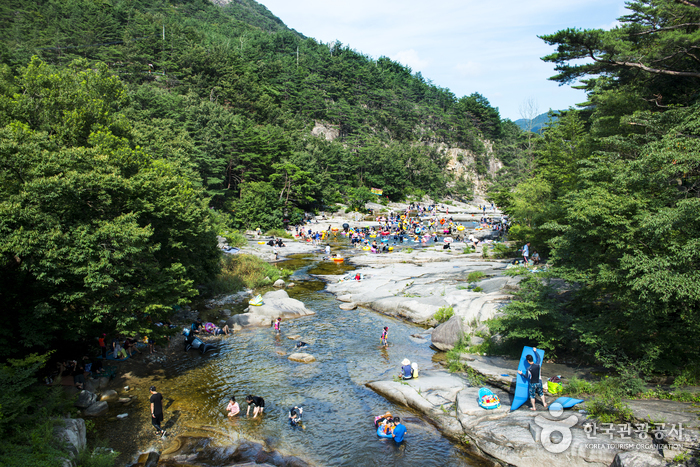
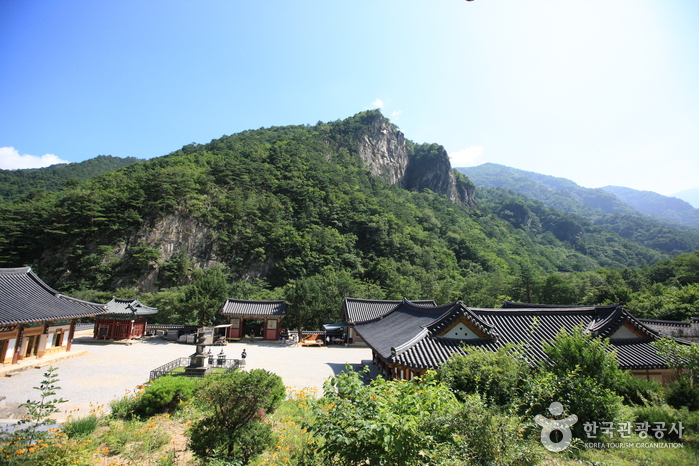
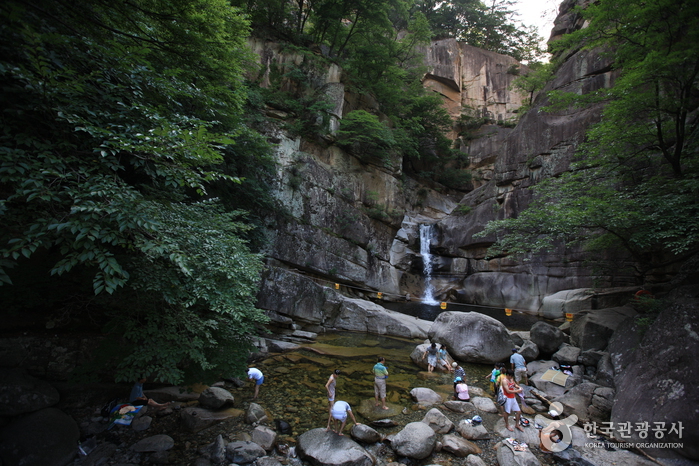
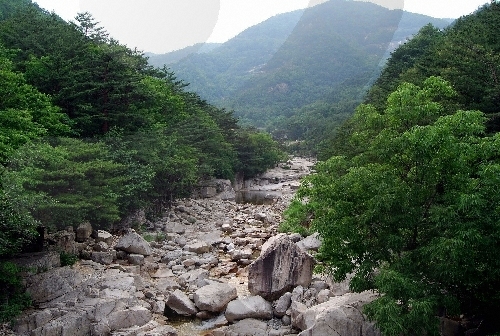
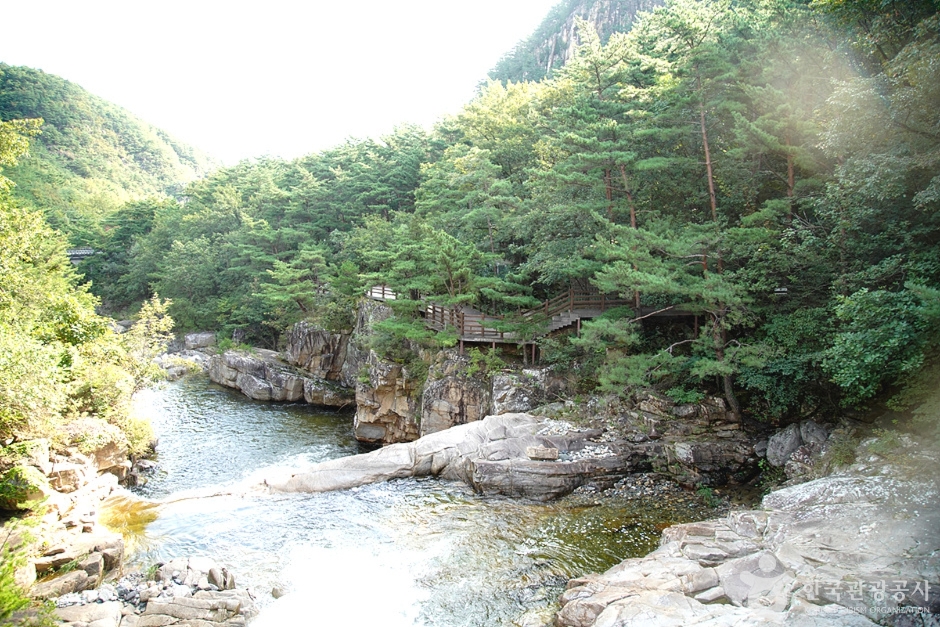
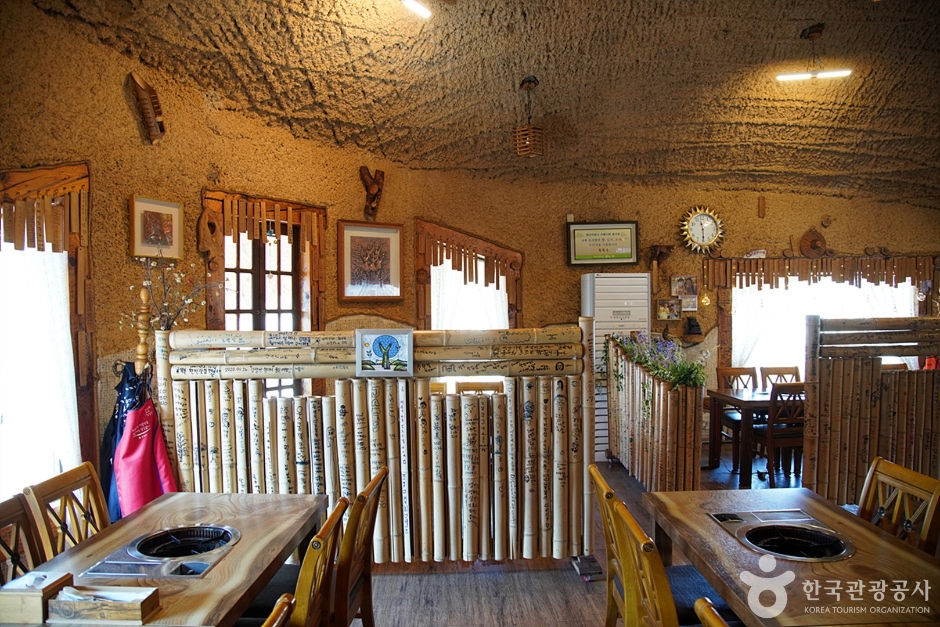
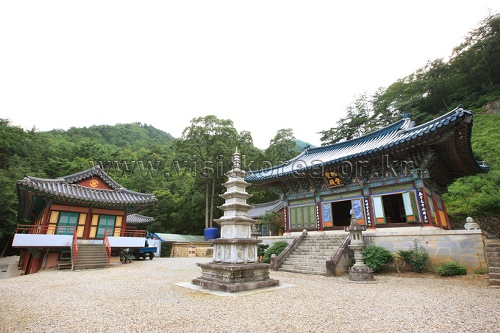
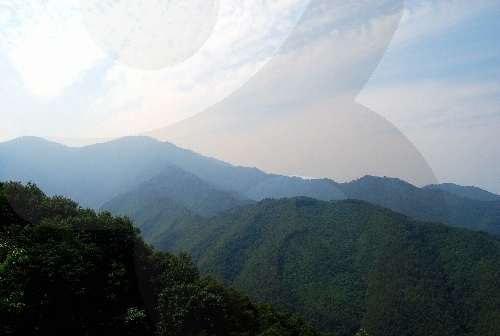
![Hotel East [Korea Quality] / 호텔이스트 (현 애슈리모텔) [한국관광 품질인증/Korea Quality]](http://tong.visitkorea.or.kr/cms/resource/45/2698445_image2_1.jpg)
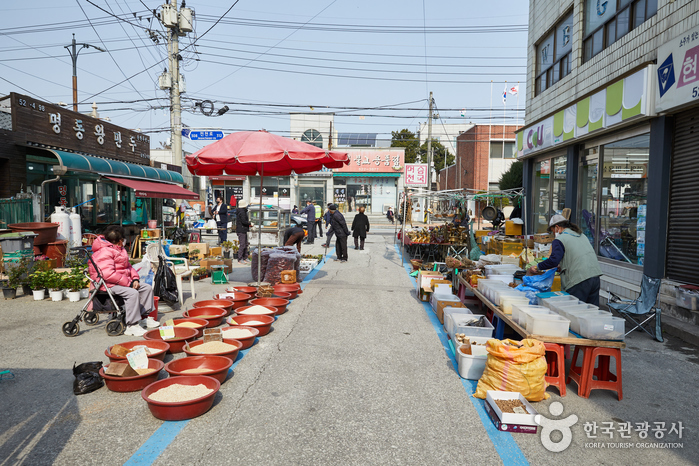
 English
English
 한국어
한국어 日本語
日本語 中文(简体)
中文(简体) Deutsch
Deutsch Français
Français Español
Español Русский
Русский